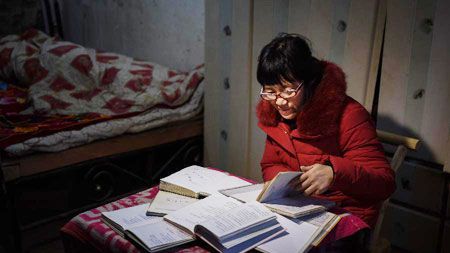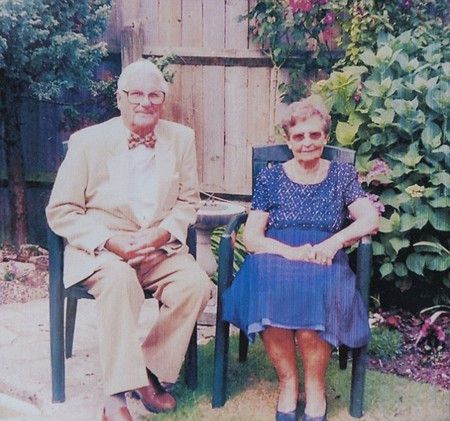新型聚合物有望实现声带修复功能
|
In 1997, the actress and singer Julie Andrews lost her singing voice following surgery to remove noncancerous lesions(损害) from her vocal cords. She came to Steven Zeitels, a professor of laryngeal(喉的) surgery at Harvard Medical School, for help. Zeitels was already starting to develop a new type of material that could be implanted into scarred vocal cords to restore their normal function. In 2002, he enlisted the help of MIT's Robert Langer, the David H. Koch Institute Professor in the Department of Chemical Engineering, an expert in developing polymers(聚合物) for biomedical applications. The team led by Langer and Zeitels has now developed a polymer gel that they hope to start testing in a small clinical trial next year. The gel, which mimics key traits of human vocal cords, could help millions of people with voice disorders — not just singers such as Andrews and Steven Tyler, another patient of Zeitels'. About 6 percent of the U.S. population has some kind of voice disorder, and the majority of those cases involve scarring of the vocal cords, says Sandeep Karajanagi, a former MIT researcher who developed the gel while working as a postdoc in the Langer lab. Many of those are children whose cords are scarred from intubation(插管) during surgery, while others are victims of laryngeal cancer. Other people who could benefit are those with voices strained from overuse, such as teachers. "This would be so valuable to society, because every time a person loses their voice, say, a teacher or a politician, all of their contributions get lost to society, because they can't communicate their ideas," Zeitels says. |








